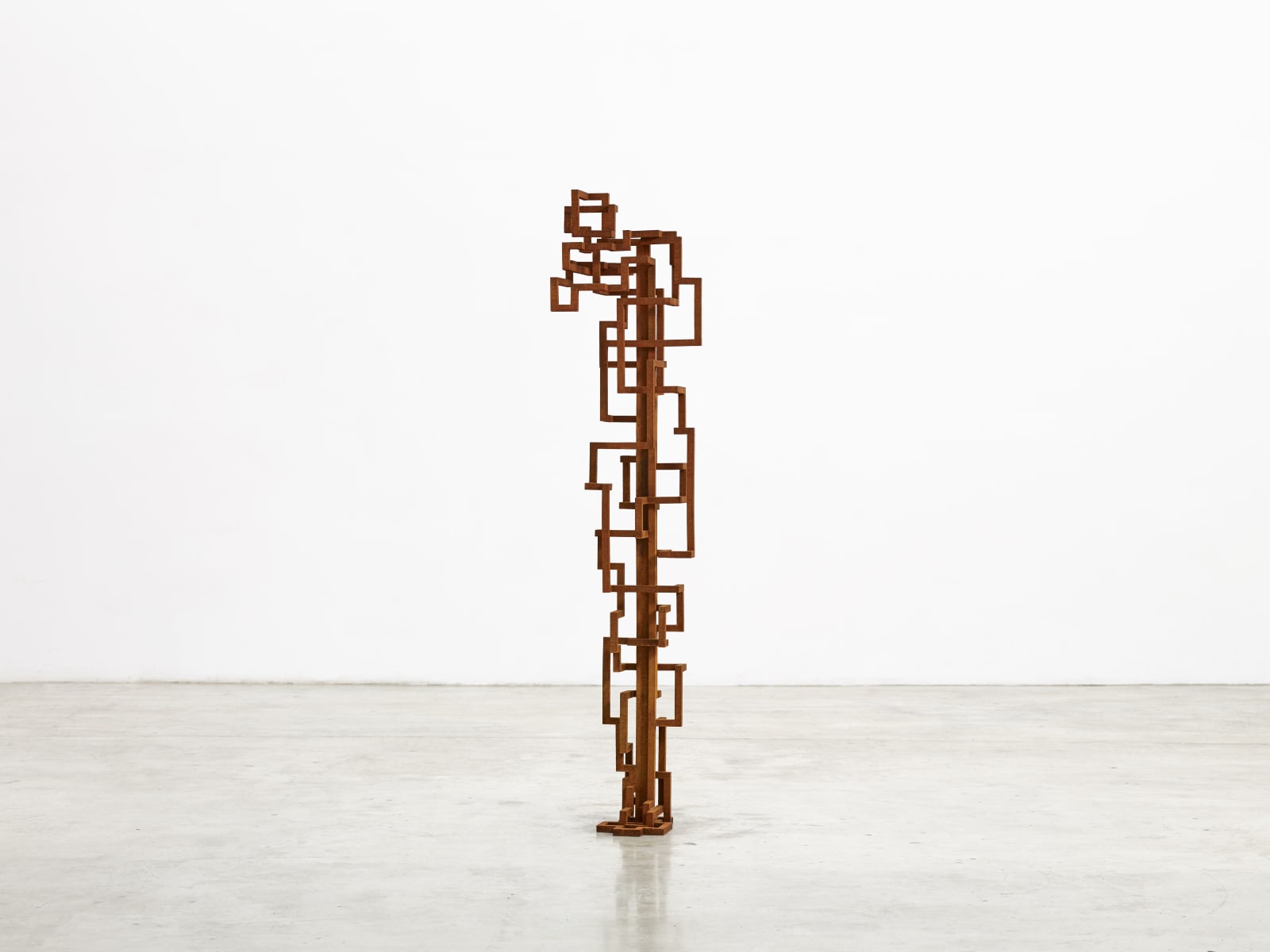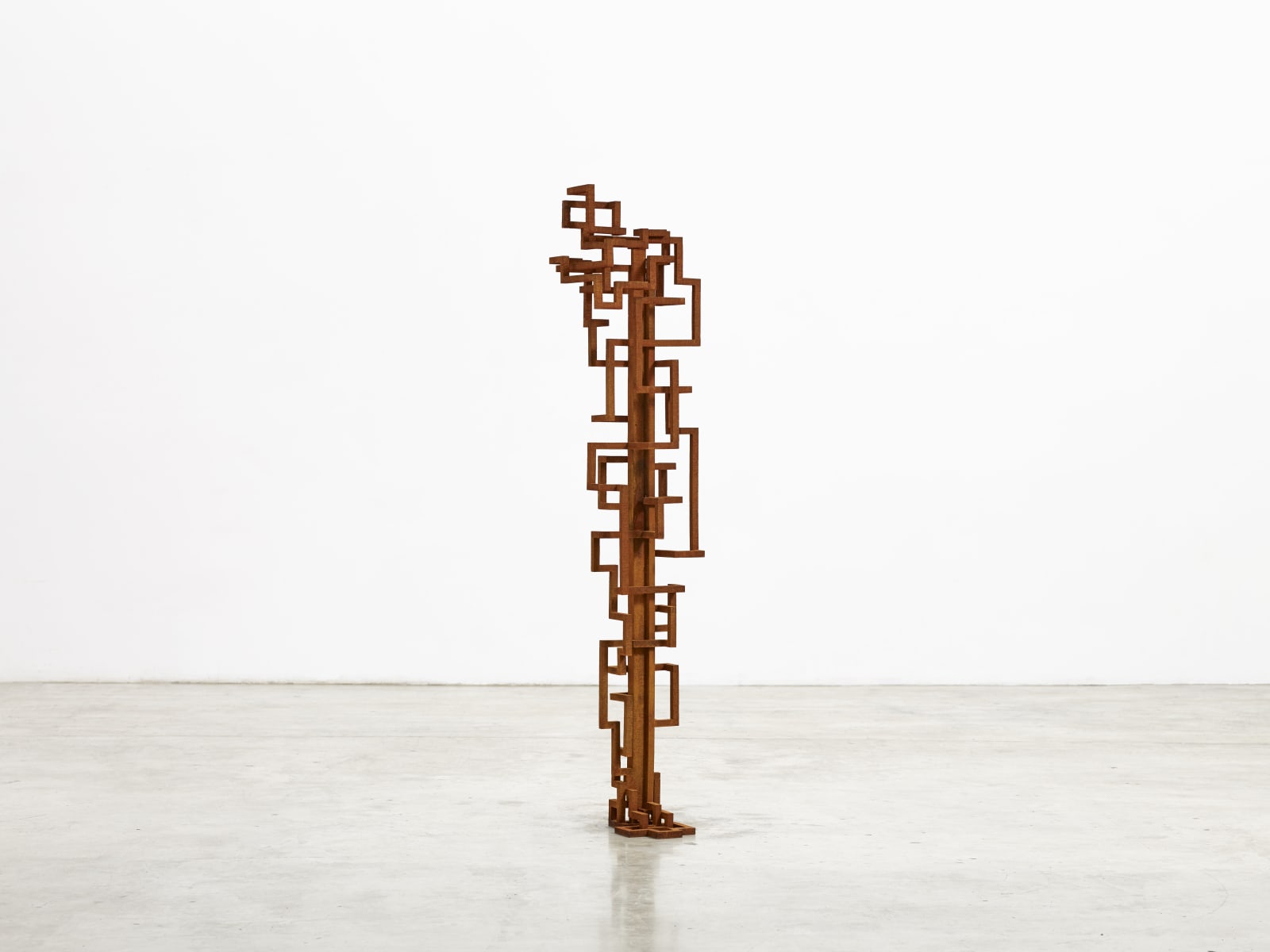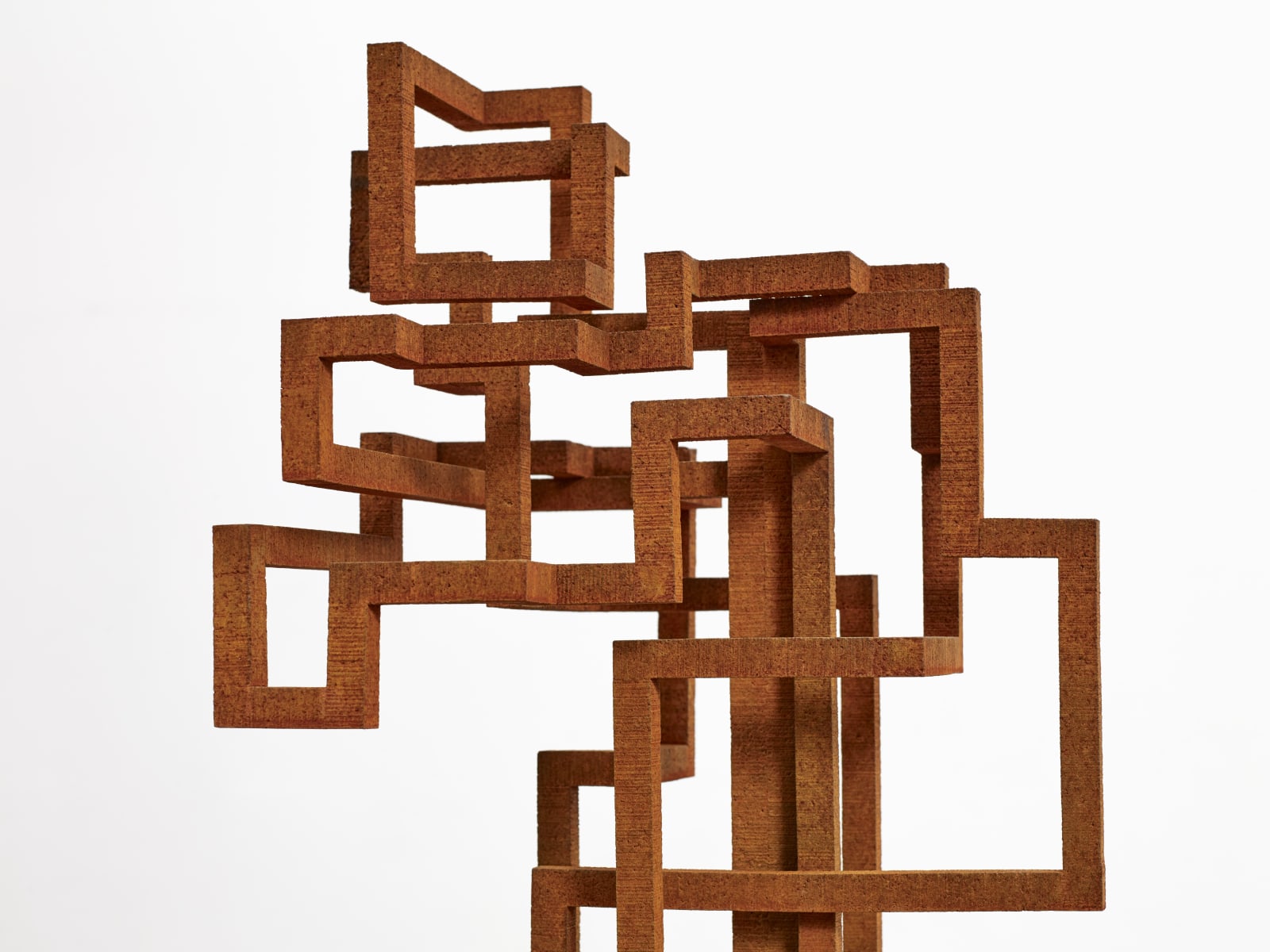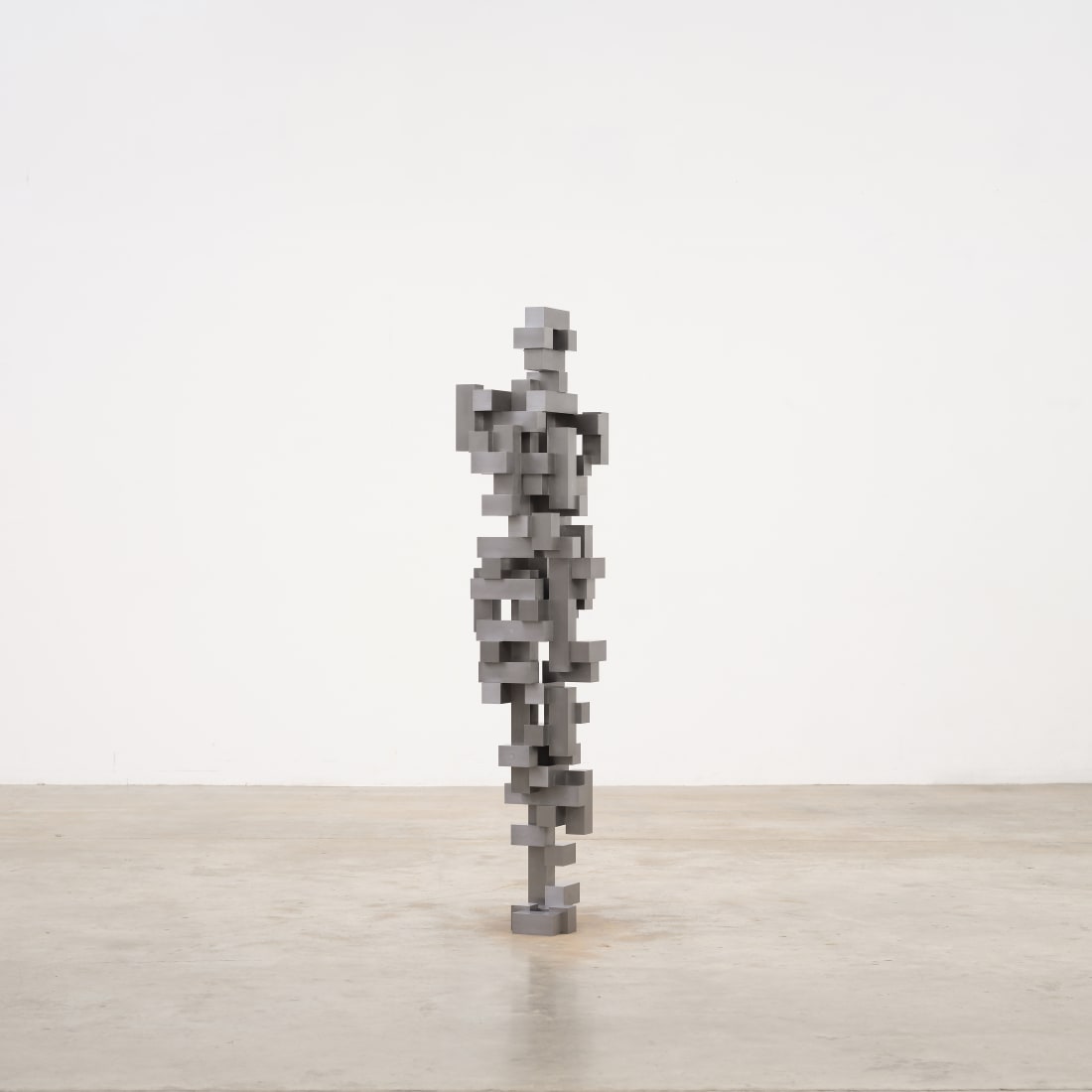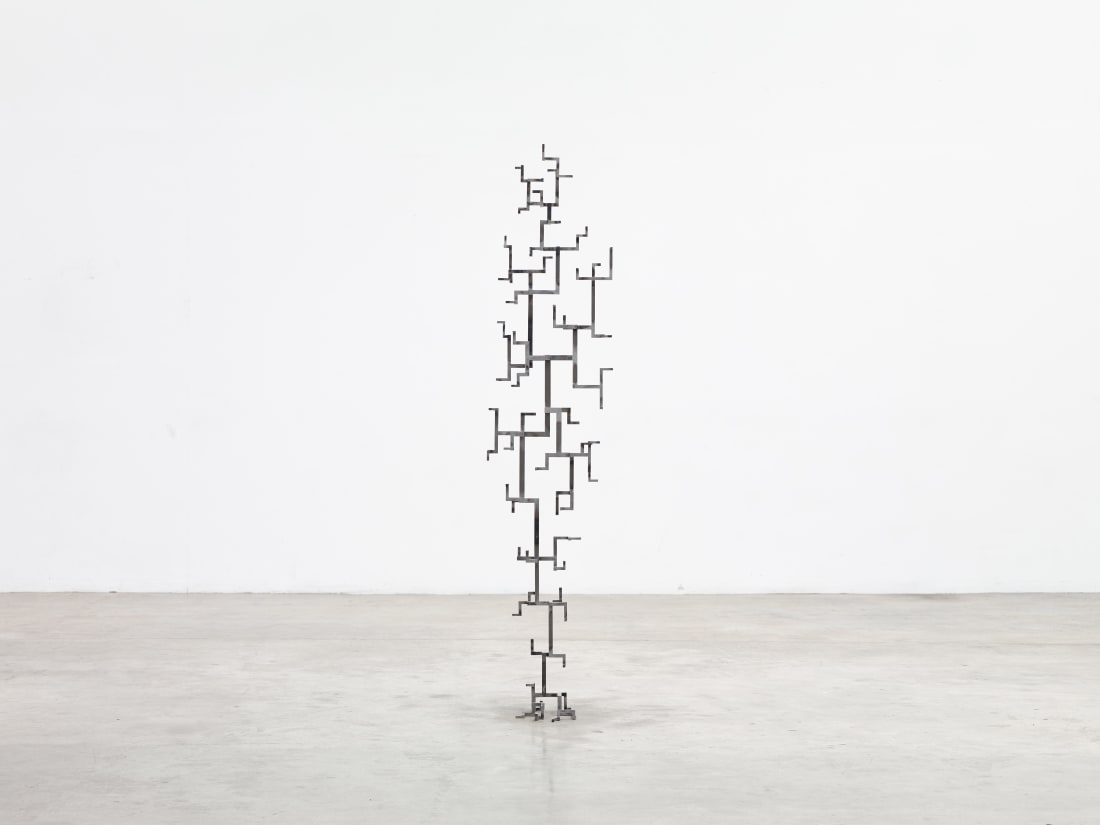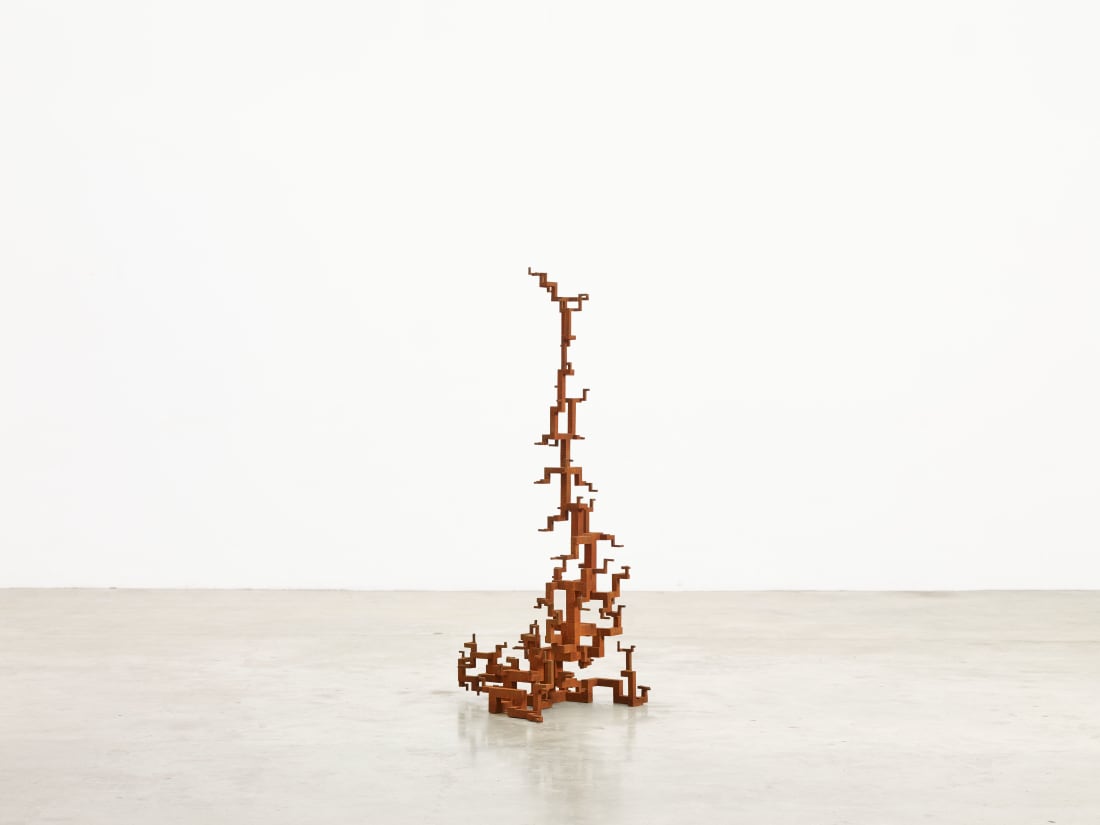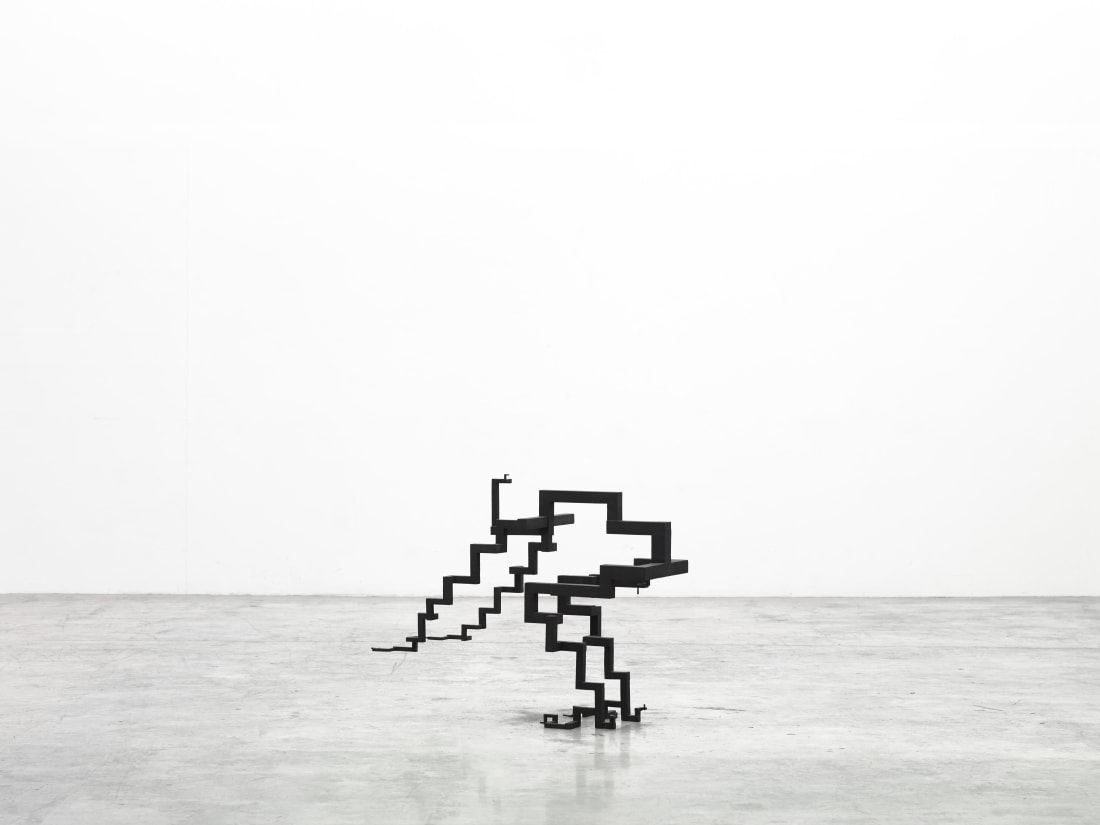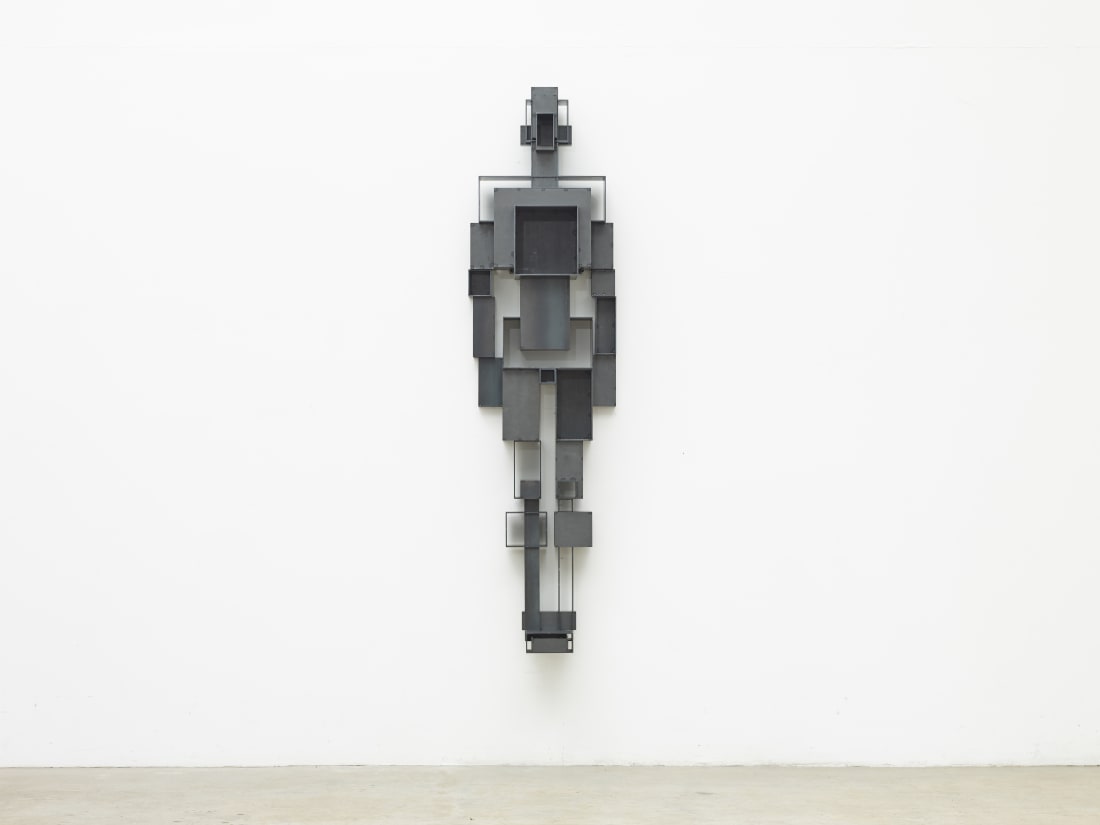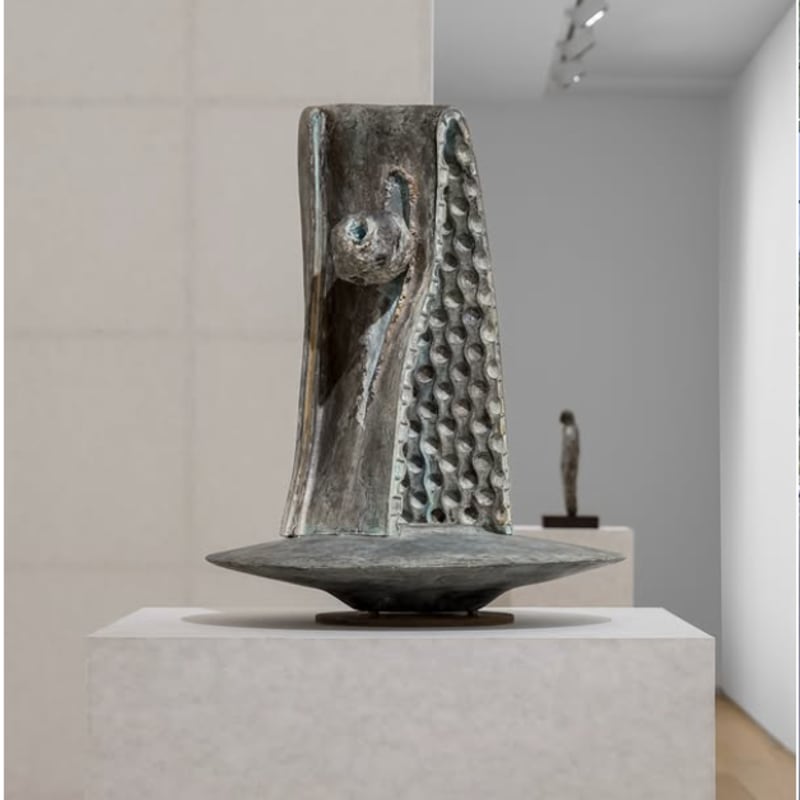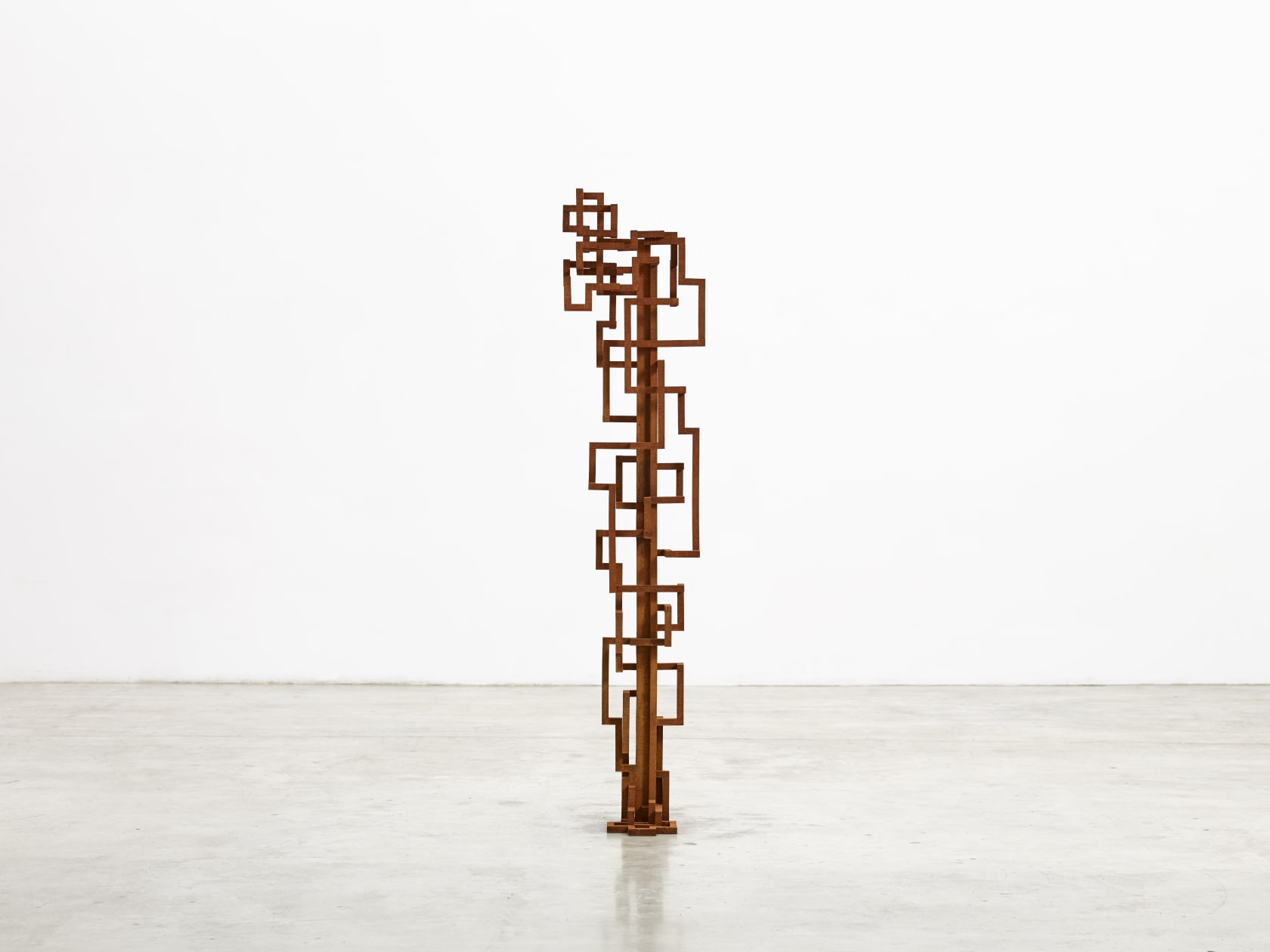
Antony Gormley ARREST
Antony Gormley (b. 1950) is widely acclaimed for his sculptures, installations and public artworks that investigate the relationship of the human body to space. His work has developed the potential opened up by sculpture since the 1960s through a critical engagement with both his own body and those of others in a way that confronts fundamental questions of where human beings stand in relation to nature and the cosmos. Gormley continually tries to identify the space of art as a place of becoming in which new behaviours, thoughts and feelings can arise. While his early works featured enclosed lead casts of the artist’s own body, many of his later sculptures demonstrate the dematerialisation of the human form, allowing the interpenetration of figure and space. The LINER series represents a continuation of the artist’s interrogation and even negation of mass – traditionally the defining feature of sculpture – instead representing the body as a force or energy field.
Intended to energise and reflect upon the geometries of our urban habitat, each of his LINER works begins with a 3D scan of Gormley’s own body, which he then delineates from within using a cast-iron line to map an ‘individual body void’. These lines record the force exerted by the human body in a certain posture, also referring to the energy transferences that link us with our environment. In ARREST (2019), the body-form is shown standing upright, but craning its neck forwards; its lines are dictated by the body’s position and points of contact with surface and plane. The greatest density of cast iron is at its core, creating a force line that anchors the body downwards through its feet and into the ground.
Gormley has described the lines as ‘arteries for feelings’, which the viewer is invited to follow visually, directing their attention along the axes of the body and its intersections with the surrounding space. Its appearance shifting according to one’s viewpoint, the sculpture has an activating effect, reminding the viewer of the body they inhabit and its connections with the physical world. The French geographer Michel Lussault writes that the works create ‘for each of us the possibility of both a physical and a thought experience, at once intense, reflective, and meditative, allowing us to ask questions about what it means to exist on earth, as a living spatial human being, both a passer-by and passenger.’
